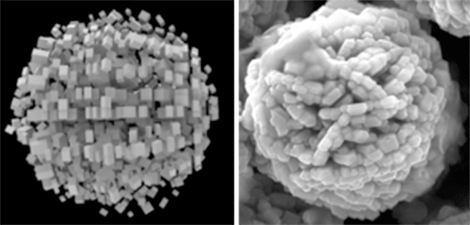
The oxidation resistant copper nanoparticles are packed into a unique spherical cluster
Nano Dimension Technologies has announced its development of novel copper nanoparticles resistant to oxidation that can be printed using inkjet technology, and fused into a conductive line after sintering process at temperatures lower than 160 degrees Celsius.
Resistant to oxidation in air, and also during the sintering process required to create a continuous conductive trace, the innovative copper nanoparticles are packed into a unique spherical cluster and have properties similar to a core or shell structure.
Typically, sintering of copper nanoparticles requires significant energy (high temperatures, lasers, powerful lamps) in an oxygen-free atmosphere, which can be an expensive and complex process.
The innovative copper nanoparticles are used as a basis to develop conductive ink that can significantly reduce the cost of the raw-materials used in 3D printing of electronics and PCBs.
Making this technology available on the company’s desktop 3D printer would be a huge move towards developing improved custom 3D printed circuitboards in additional markets and various printing applications, such as printing on flexible films like polyethylene terephthalate (PET), which can withstand temperatures of up to 100 to 150 degrees Celsius, radio frequency identification antennas, membrane switches and sensors.
However, it is at an early stage yet, with a patent application with the U.S. Patent and Trademark Office for this unique development.






